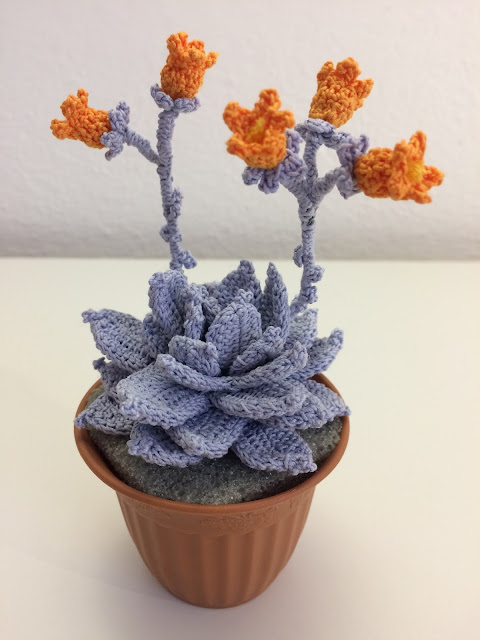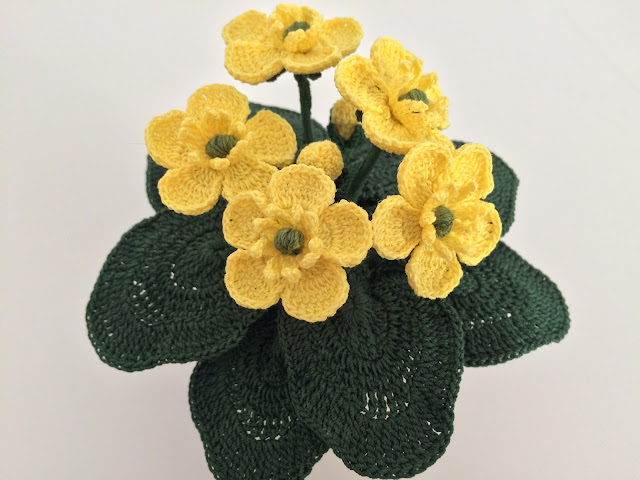How to crochet a Echeveria

The large family of fat plants is also part of this small seedling that takes the form of a rosette. The Echeveria with its colorful florals delights and colors the succulent groove. He could not miss in my composition of greasy crocheted plants and Echeveria is the second of the seven. To make it, it is necessary to prepare 6 sections of leaves of different sizes, the florellini with its goblet and pistil and small sprigs. Needed: cotton number 20 - 1.0mm crochet hook - scissors - needle - 0.45mm galvanized iron wire - plasticized iron wire - pliers.




